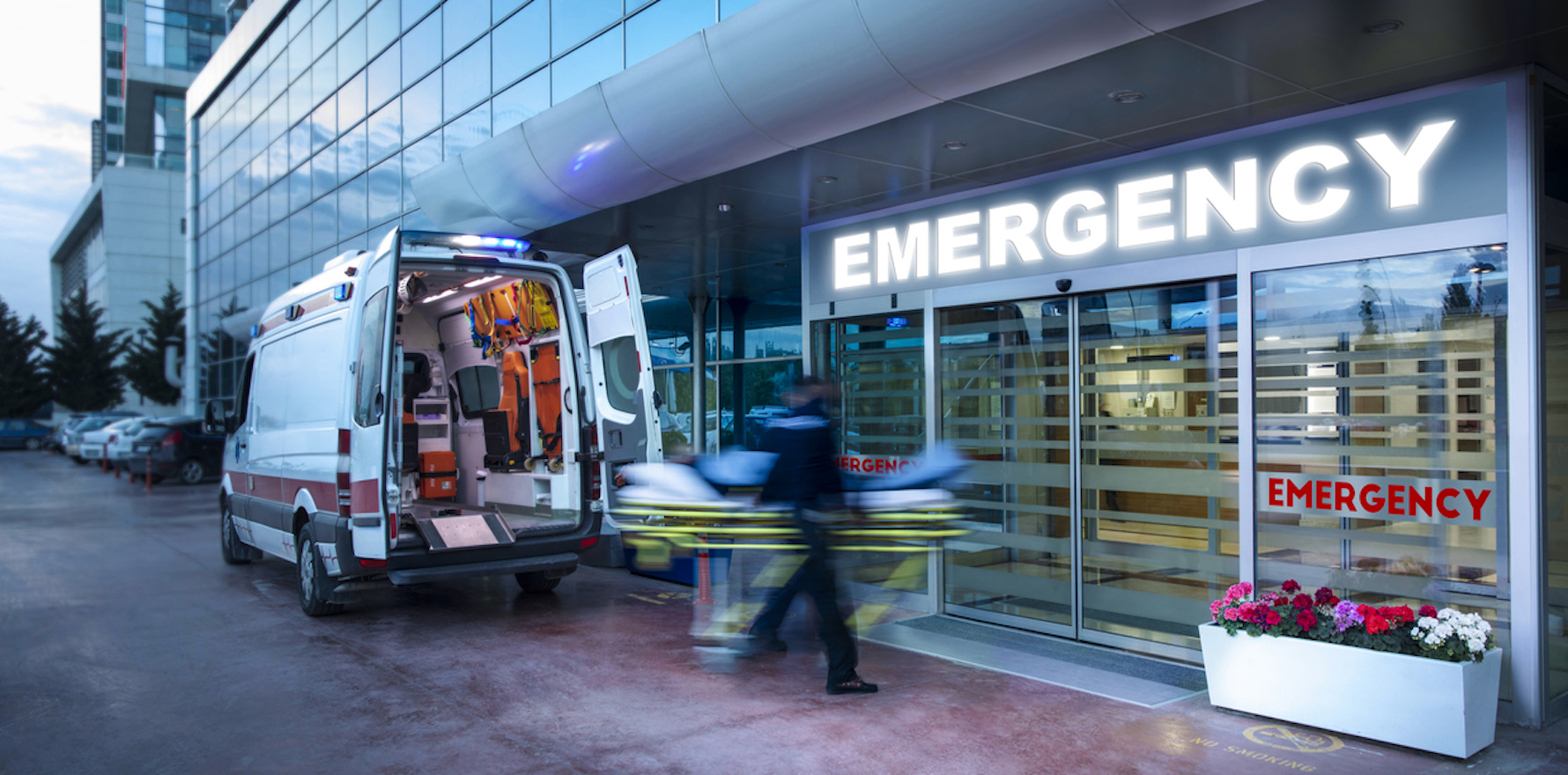No more ‘taskforces and inquiries’, the health system needs ‘genuine cash injections’ demands the AMA NSW, as new BHI data show unprecedented demand.
New South Wales is awash with concern amid “deeply disturbing” trends in the state’s public health system.
Newly released Bureau of Health Information data show the highest number of emergency department attendances across the state since reporting began.
Today, the BHI released its Healthcare Quarterly report outlining the performance of EDs, elective surgery, ambulance services and admitted patients across the state from January to March this year.
In just one year, the state saw a 5% increase in ED attendances, which now sit at the highest level ever recorded in the almost 15 years since the bureau began reporting.
A record number of these attendances were urgent patients, with 6677 triaged to category one (requiring immediate attention) and 123,935 to category two (treatment within 10 minutes).
Demand for ambulance services also rose, with 192,874 of the 810,201 patients attending ED arriving by ambulance, up 7% since last year.
Ambulance activity was also the highest on record, with 383,341 responses in the quarter, 17,000 of which were life-threatening cases. However, median response time for these life-threatening cases was eight minutes, within the 10-minute benchmark.
AMA NSW president Dr Kathryn Austin labelled the state of the sector a “catastrophe waiting to happen”, resting heavily on the well-intentioned shoulders of the workforce.
“Our health system is held together by the goodwill of treating professionals, but with demand continuing to rise to record levels and a lack of funding to support already overburdened staff, it is becoming increasingly impossible for the doctors and health workers of NSW to deliver the care that the citizens of this state deserve,” she said.
According to Dr Austin, the mounting high priority cases are throwing out wait times, thereby potentially affecting the outcomes and satisfaction of other patients.
As the NSW budget release, due to be delivered on 18 June, approaches, Dr Austin warned against repeating the mistakes of last year.
“The NSW health system is straining under the weight of increased demand and complexity at a time when budgets are being slashed,” she said.
“The 2023 NSW Budget allocated only a 0.87% increase to the state’s health system, which after health inflation is an effective cut.”
The state also saw a “serious” decline in elective surgery, after dedicated funding ceased in the last quarter of 2023.
Between October to December 2023 and January to March 2024, elective surgery dropped almost 14% to 51,149 surgeries. This also marked an almost 7% decrease from the same quarter last year.
Of the 93,839 patients waiting for elective surgery, 3419 had been waiting longer than clinically recommended.
According to Dr Austin, the change in government threw a spanner in the works.
“The Minns government announced a surgical taskforce to reduce elective surgery wait times, but the funding had already been put in place by the Perrottet government,” she said.
“Now the Perrottet government’s funding program has ended elective surgery numbers have fallen dramatically.”
However, the news was not all bad. Almost all (98.7%) of urgent planned surgeries were performed on time and over 86% of all planned surgeries were performed on time, up 11% from the same quarter last year.
Dr Austin said it was time to match record demand with record investment.
“These figures reflect a system which is experiencing continued downward decline under the Minns Government,” she said.
“The health system needs more than the announcement of taskforces and inquiries, it needs genuine cash injections.
“These figures show that there is record demand. It is not matched by record investment.
“Patients can expect worsening figures in subsequent quarters and that means increasingly poor interactions with a desperately underfunded health service.”
The NSW minister for health Ryan Park said the state was in the midst of reform.
“We are undertaking the structural reforms to our health system to ensure our community receives the care they need and deserve – by delivering the single largest boost to our workforce in the history of our health system and creating more pathways to treatment and care outside the hospital,” he said.
Some individual LHDs touted their performance among the pack.
According to Southern NSW Local Health District chief executive Margaret Bennett, the LHD was “among the state’s top performers”.
Despite an over 33% increase in ED patients with immediately life-threatening conditions (category two) since the same quarter in 2023, almost 79% of all patients started treatment on time and 73% left the ED within four hours, better than the state average of 56%.
Almost 95% of patients were transferred from the ambulance to the ED within the 30-minute benchmark time, compared to the state average of 78%.
“Our staff have implemented a range of improvement strategies over the past 12-18 months to achieve these impressive results,” said Ms Bennett.
“Strategies include daily huddles across all facilities, ongoing ED education programs to strengthen nursing triage protocols, regular reviews of clerical processes and systems, as well as management of discharges and delays.”
Mid North Coast LHD also saw a record number of people attend hospital emergency departments in the first quarter of this year.
“We’ve experienced unprecedented demand for emergency care, with 38,420 attendances in the quarter, an increase of 9.2% or 3,236 more attendances compared with the same quarter last year,” said MNCLHD chief executive Stewart Dowrick.
The district also received a record high of 4343 patients with immediately life-threatening conditions (triage category 2), an almost 10% compared to the same quarter last year.
However, amid the unparalleled pressure, more than 70% of ED patients were treated on time, almost 4% better than the state average.
More than one in eight patients were transferred to the ED from ambulances within 30 minutes and almost 70% left the ED within four hours.




